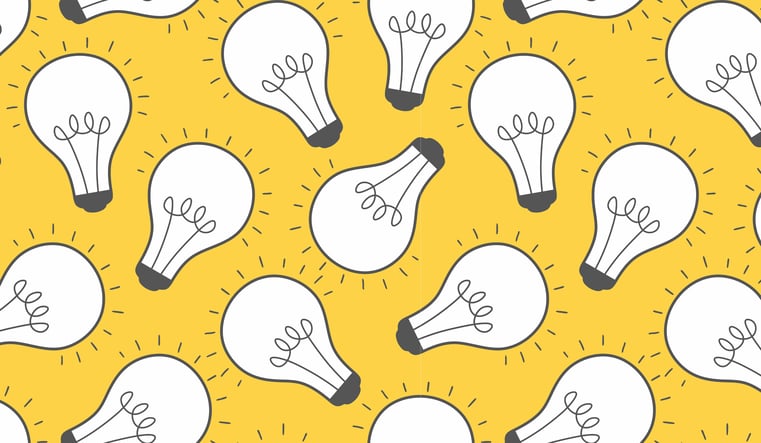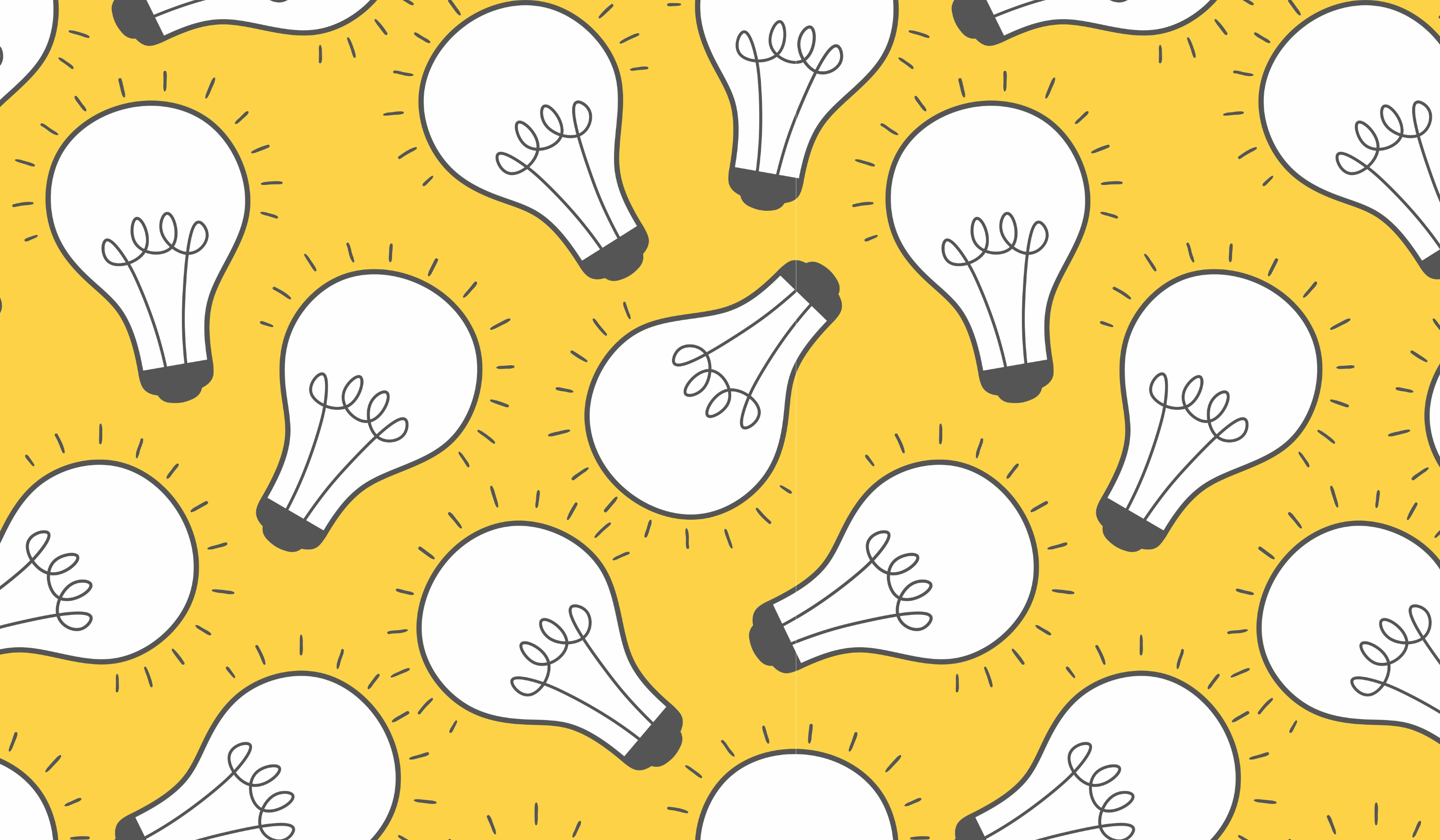
When we think of education, we tend to separate classroom learning from experiential learning. For college students across thousands of colleges and universities, much learning takes place outside of the classroom. However, experiential learning can also take place inside the classroom.
What is Experiential Learning?
Psychologist David Kolb described experiential learning as “the process whereby knowledge is created through the transformation of experience.” According to Kolb, experiential learning occurs in a cycle of four phases:
-
Concrete experience: Trying something new and seeing what happens
-
Reflective observation: Reflecting on the positive and negative aspects of the experience
-
Abstract conceptualization: Comparing the experience with existing knowledge, altering understanding based on the outcome and developing new questions as a result
-
Active experimentation: Developing a new experiment to explore questions that arose
Experiential learning activities have long been a major contributor to learning. One study from the Proceedings of the National Academy of Sciences found that in classrooms where active learning had taken place, students’ exam scores increased by 6%. For college students, they provide valuable hands-on learning experiences that students cannot gain from traditional classroom activities, such as lectures, alone. Experiential learning has many benefits on students. It helps them focus, learn more quickly, and learn in a new way.
“Employers are often looking for students who have had these types of experiences as part of their education, because of the value that comes with having students exposed to real-world problems and working on those problems in real-world situations," Matthew Theriot, an associate provost at the University of Tennessee, said to U.S. News & World Report.
What Do Universities Need to Implement Successful Experiential Learning Activities?
Higher education institutions spend millions each year on student experiences, but higher education leaders often fail to connect these experiences to students’ learning. Without having a way to measure the value of these programs, how do these institutions know what works?
Suitable’s mobile-friendly digital solutions provide this missing link. By tracking students’ campus involvement, student affairs personnel and other higher education leaders have data they can evaluate to measure educational outcomes.
Let’s take a look at 10 examples of experiential learning activities that can take place both outside and inside the classroom.
- Apprenticeships
Apprenticeships, which typically last one to three years, are paid and structured pre-professional opportunities that provide students with hands-on experience in their chosen profession with more specialized training and mentoring than internships. Apprentices also receive a specialized industry credential upon completion. - Business Simulations
For students studying business management or entrepreneurship, nothing beats the hands-on experience of starting a business. This can be done within a college classroom through a simulation or as an assignment for students to develop a business. Some college students even start successful businesses (such as Mark Zuckerberg, who started Facebook from his dorm room). - Case Studies
Case studies expose college students to real-world scenarios where they put their problem solving skills to work. Students gain valuable skills in critical thinking. - Field Work
Field work provides college students the opportunity to apply classroom learning in a setting away from the classroom. Field work experiences might include settings such as laboratories or archeological dig sites. - Practicums
A practicum is typically an unpaid experience that exposes college students to the day-in, day-out realities of their chosen field — along with college credit. It provides valuable opportunities for students to make observations and learn if a certain profession is a good fit. A practicum can take place off campus or on campus, such as within a specific department or office. - Professional Development Organizations / Events
Attending professional development workshops and events provides valuable learning opportunities to college students that extend beyond the classroom. - Service Learning
Service learning opportunities connect classroom learning with real-world community problem solving. While the term service learning is often used interchangeably with volunteering, a volunteer experience is typically less structured and does not involve an academic component. A service learning experience might involve learning about a problem within the community before putting their problem solving skills to work within a community nonprofit organization. - Study Away Programs
Study away programs enable college students to study in another setting without going abroad. For example, they might spend a semester studying at another national university, gaining hands-on experience in a city best for their chosen field. Journalism students may study in Washington, D.C., while film students might study in Los Angeles. - Undergraduate Research
Undergraduate research provides college students an invaluable opportunity to contribute to their chosen field by working with a faculty member on a research project. Whether seeking employment post-graduation or pursuing graduate study, undergraduate research provides an impressive skill and resume builder. - Virtual Reality in the Classroom
With virtual reality, students can experience a totally different environment from their classroom, just by putting on a virtual reality (VR) headset. This simulation helps students feel as if they are in the middle of the action, whether flying an airplane, exploring outer space or witnessing a historical event.
Experiential learning activities do not end here. These are just a handful of the many types of learning opportunities — both inside and outside the classroom — available to college students. For our full list of 30+ experiential learning activities, download our guide here.


